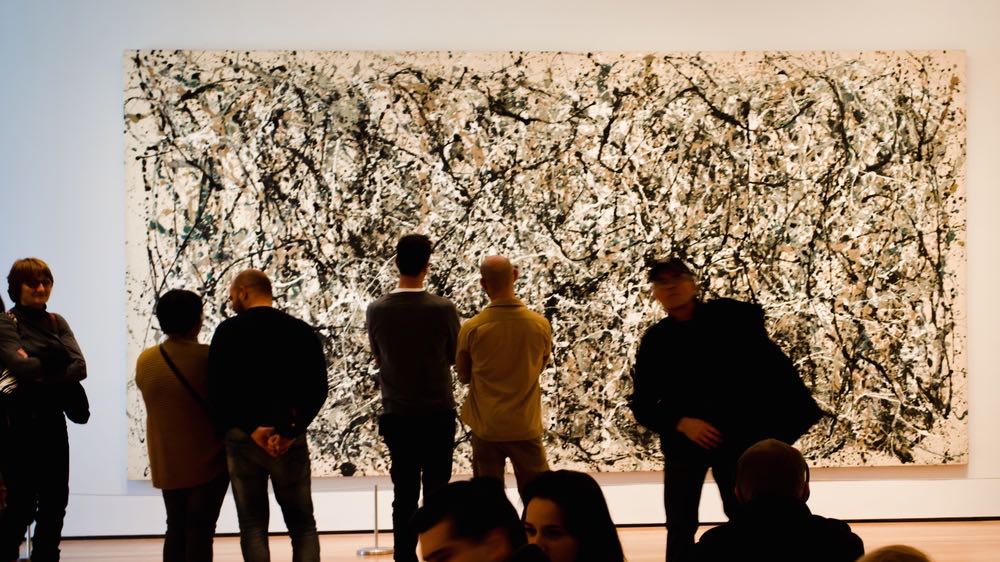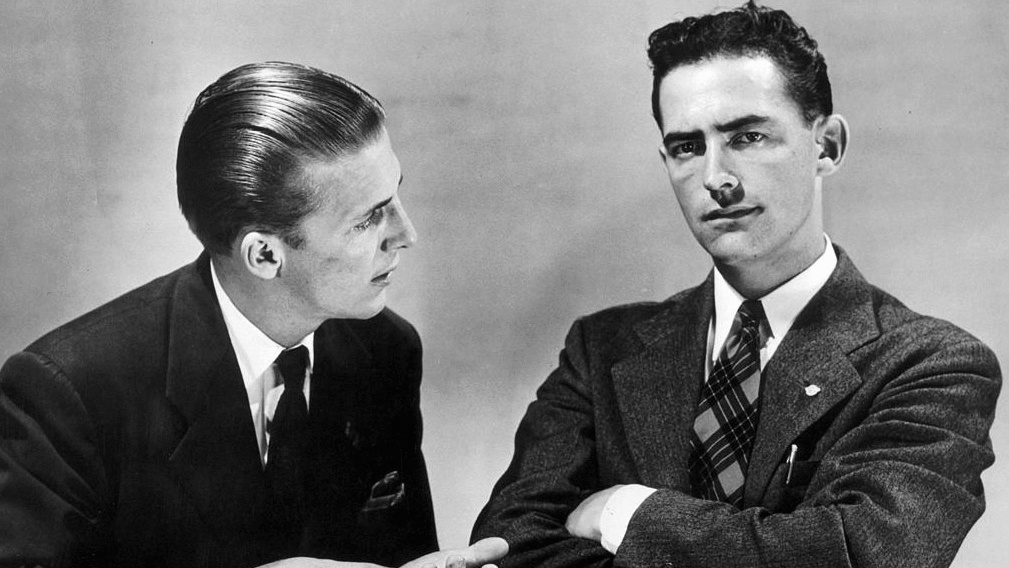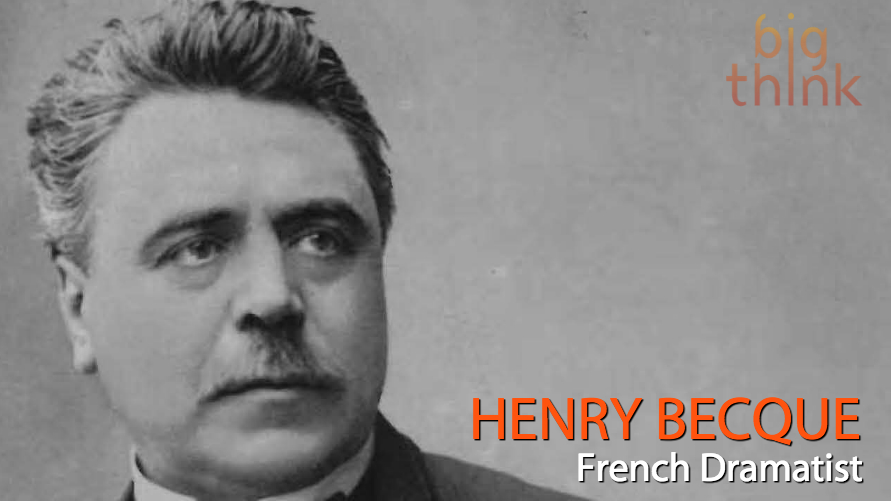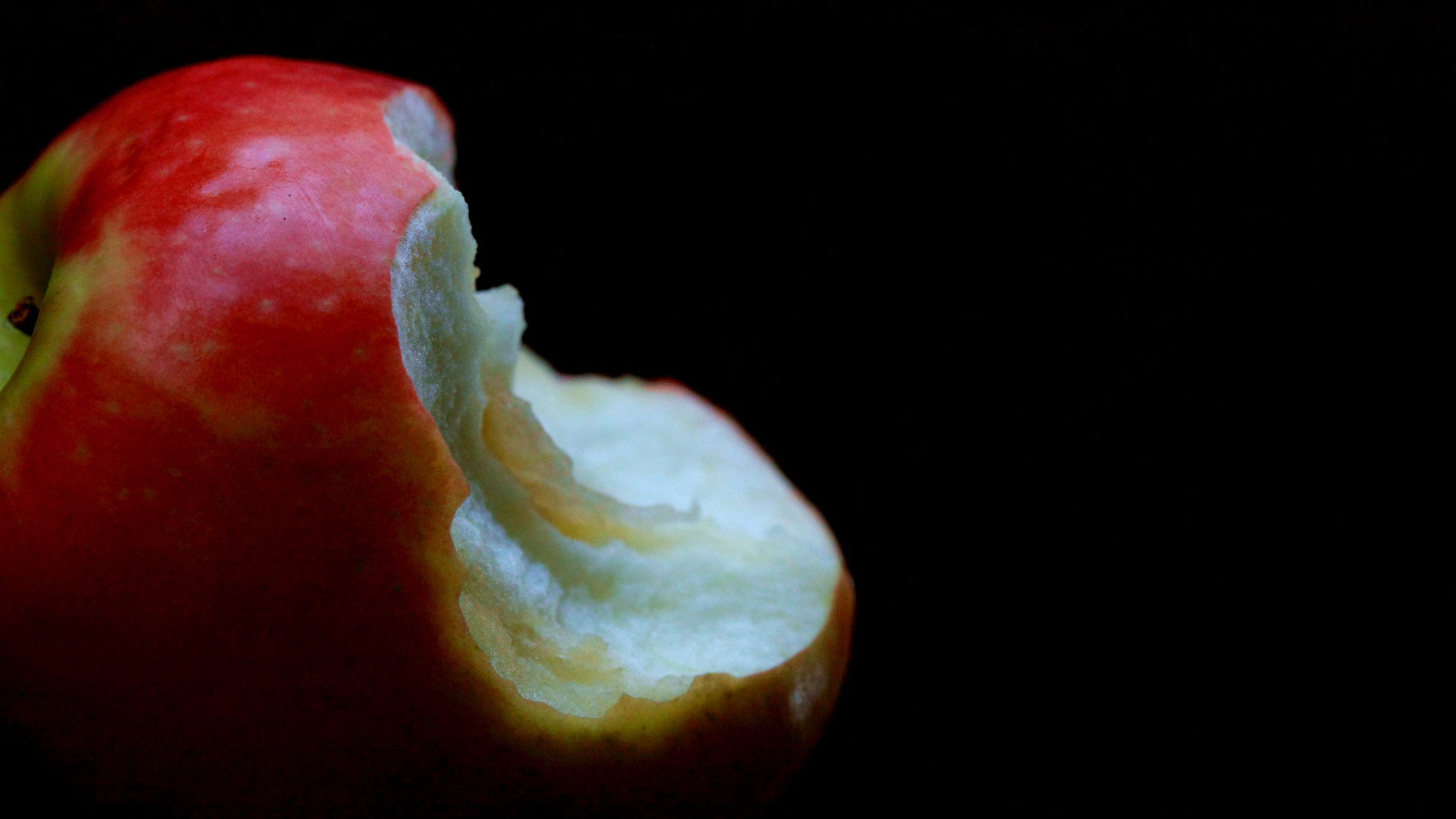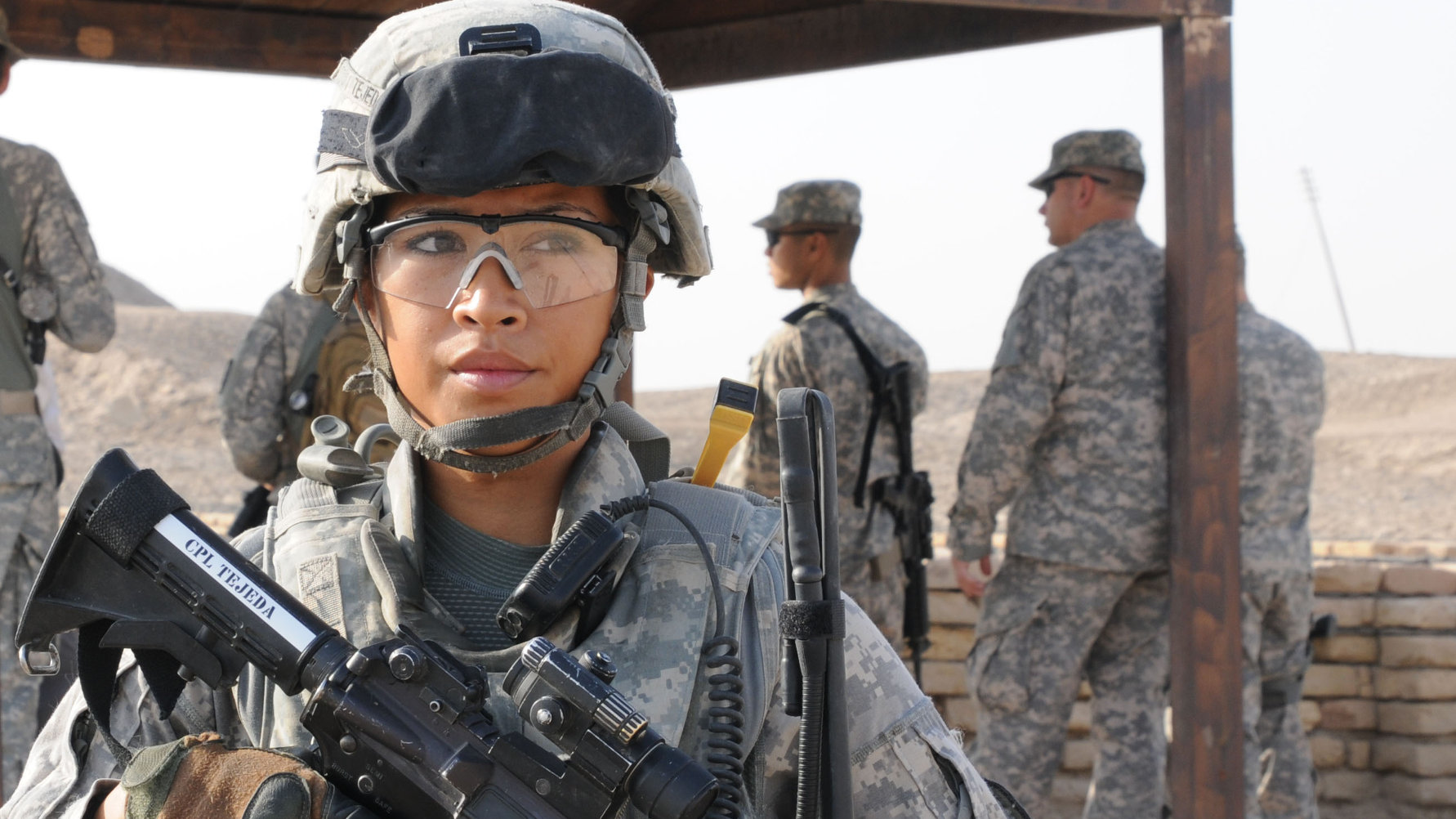Who has the best chance of success for reaching Mars by 2030? Government-funded programs or private organizations?
All Articles
“Scientific knowledge is an enabling power to do either good or bad — but it does not carry instructions on how to use it. Such power has evident value — even though the power may be negated by what one does with it.”
Adults who were breastfed as babies tend to have higher intelligence, spend longer at school, and earn more income, regardless of their family’s social class.
Cooking at home is healthier than eating out. But a recent study contests this assertion, saying it all depends on where you’re getting your recipes.
Companies are investing in data-driven solutions that can shine a light on which business practices aren’t working while offering solutions for improvement.
When an artist achieves visibility in popular culture — when they become famous — their work is forever changed.
Only after riders spend $35 on cab fare is it less expensive to take an Uber in New York City, according to researchers at Cambridge University, UK.
A major psychology journal has banned the use of the near-universally adopted practice of significance testing, citing recent evidence of the technique’s unreliability. What will be the fallout for psychology as a field?
A new study concludes that some measures of intelligence peak much later in life than previously thought, like being able to accurately judge others’ emotions, explaining why we often think of older people as wiser.
Our obsession with optimization has edged out our use for a gut. Instead of relying on instinct, we fall back on data to tell us how to optimize everything from productivity to life.
There’s a chance the Earth will turn green, and even though there’s no such thing as a green star, perhaps someday, the Sun will, too. “‘You are a different kind […]
It’s widely thought that there’s an age when you’re at your mental prime, and then begin the decline. Not so, according to researchers. Different ages means reaching new peaks in your mental abilities.
Americans have accepted that the government spies on us, but a fair amount of people consider the government’s actions acceptable.
Millennials don’t actively seek out news — if it doesn’t appear in their Facebook feed, they probably aren’t going to see it.
A recent spat between Sen. Ted Cruz and NASA Administrator Charles Bolden represents the always-sticky relationship between Congress and the U.S. space agency.
You’re worth sticking up for.
Not to dampen the enthusiasm for all you bracketologists out there, but the odds of accurately predicting the NCAA tournament range from 1 in 128 billion to 1 in 9.2 quintillion.
Researchers think our adverse reactions to being lonely are nature’s way of motivating us to find a social group in order to survive.
Your sleep-type may have some bearing on your tendencies to be punctual (or not). Morning people tend to be on time more than night owls, according to researchers.
Depression alters people’s perceptions of how things feel. But time, which may seem like such a static thing, feels different to people with depression — it feels slower.
It’s been 43 years since humans walked on the Moon. Here’s our final view. “Curiosity is the essence of human existence. ‘Who are we? Where are we? Where do we […]
“The defect of equality,” wrote the bombastic French dramatist, “is that we only desire it with our superiors.”
An electric car built specifically for wheelchair users aims to help them be more independent.
Want more realistic sci-fi? Consult a scientist. Here’s how you get access. “The saddest aspect of life right now is that science gathers knowledge faster than society gathers wisdom.” –Isaac […]
Researcher found putting fruit flies on a time-restricted diet helped them become healthier; maybe it could do the same for humans.
Male war heroes are more likely to snag a date than their female counterparts. It seems warrior-women don’t meet with our primate brain’s idea of attractive, according to researchers.
True to form, Americans are vastly more optimistic than their counterparts in the developed world, according to a new study from the Pew Research Center.
Even though some people tend to be right more often than others, we often treat the opinions of everyone equally.
What would happen if you pulled a tiny chunk out of a neutron star? “Try to imagine what it will be like to go to sleep and never wake up… […]






